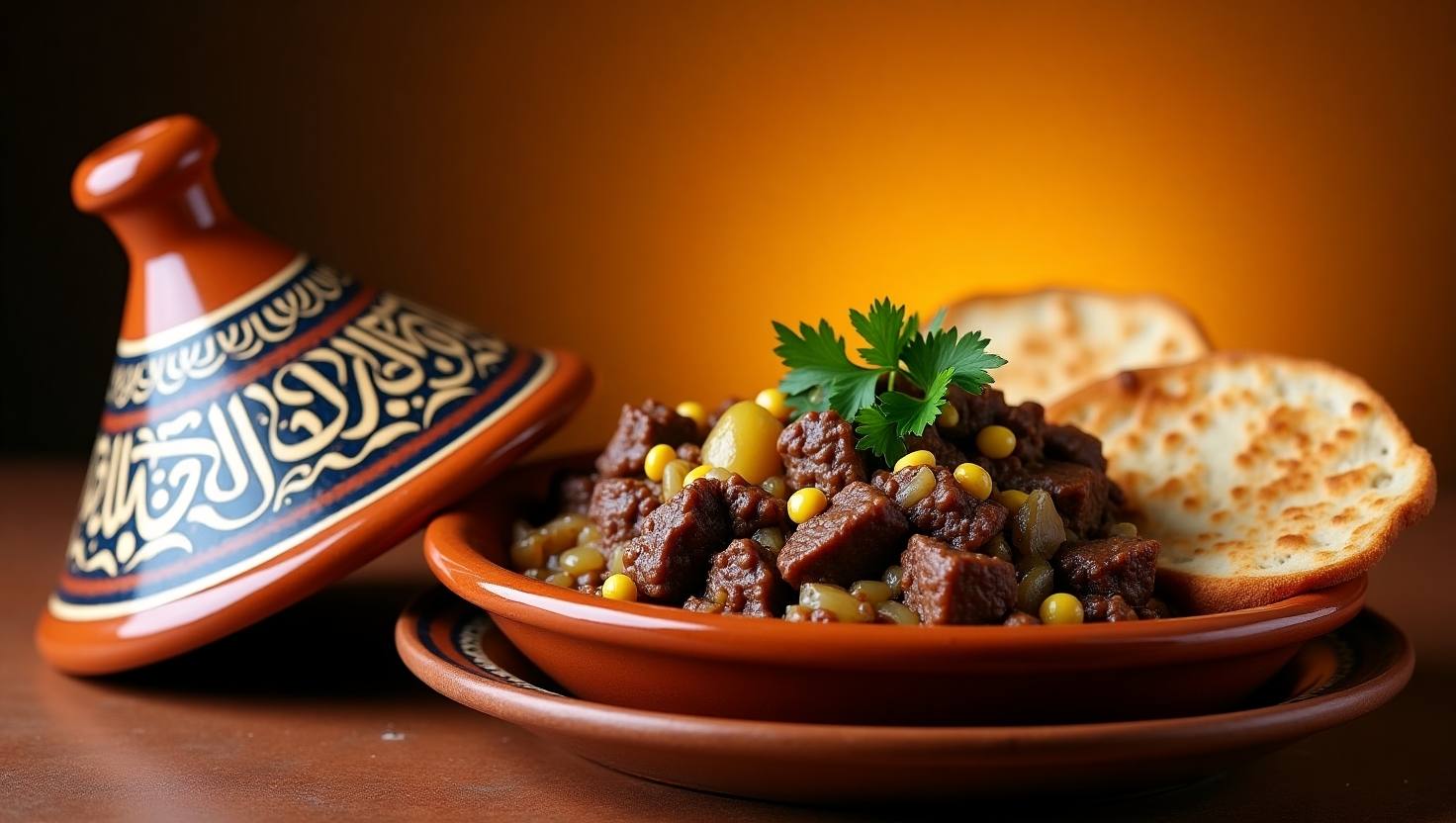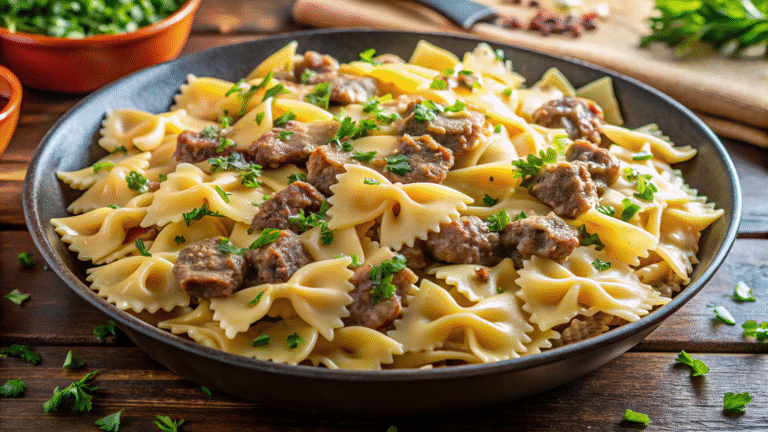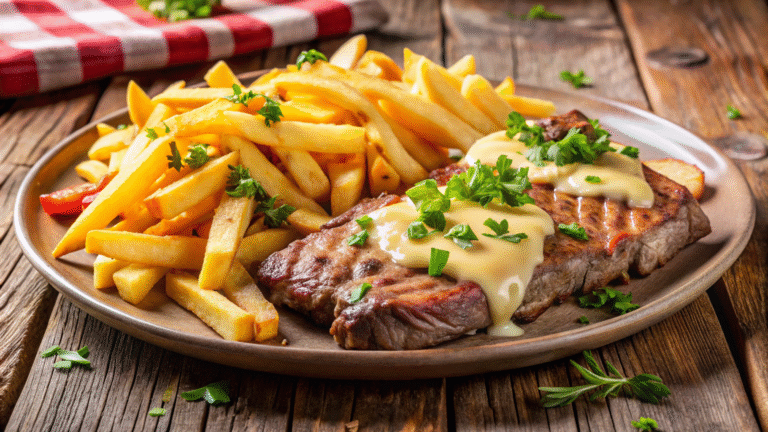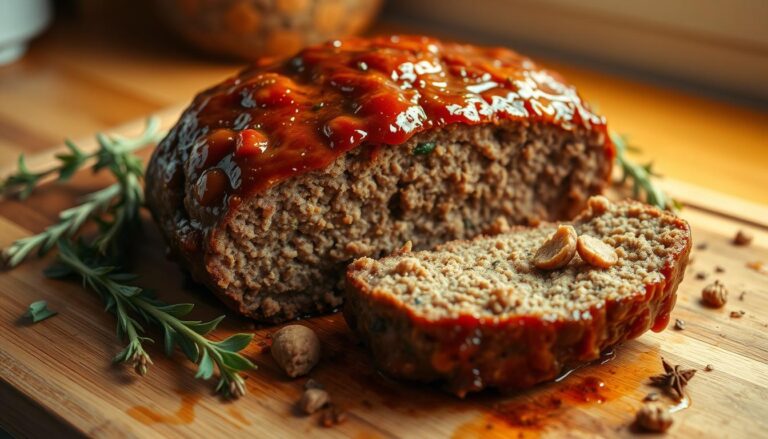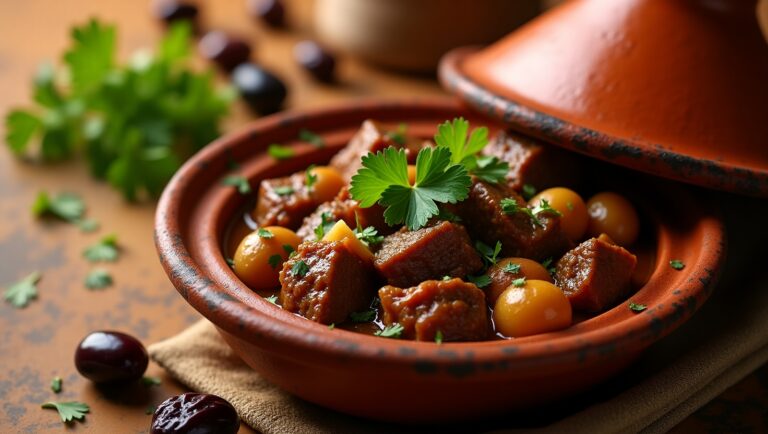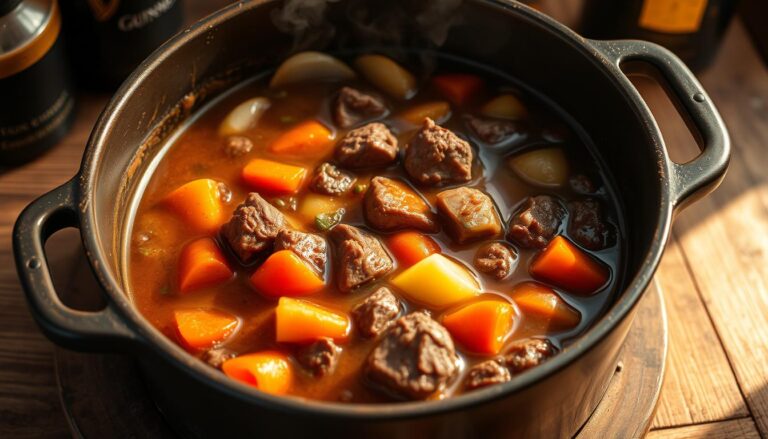How to Make Beef tagine Moroccan Recipe
Did you know that 73% of home cooks who attempt traditional fail to achieve the authentic depth of flavor that defines this legendary dish? This statistic might surprise you, especially beef tagine Moroccan recipe considering that learning how to make beef tagine Moroccan style is far more accessible than most people believe. The secret lies not in exotic techniques or hard-to-find ingredients, but in understanding the fundamental principles that have guided Moroccan kitchens for centuries.
When you make beef tagine Moroccan recipe authentically, you’re participating in a culinary tradition that dates back over 1,000 years. This slow-cooked masterpiece combines tender beef with aromatic spices, dried fruits, and vegetables in a harmonious blend that transforms simple ingredients into an extraordinary dining experience. The beauty of Moroccan beef tagine lies in its forgiving nature and remarkable ability to develop complex flavors through patient, gentle cooking methods.
Ingredients List
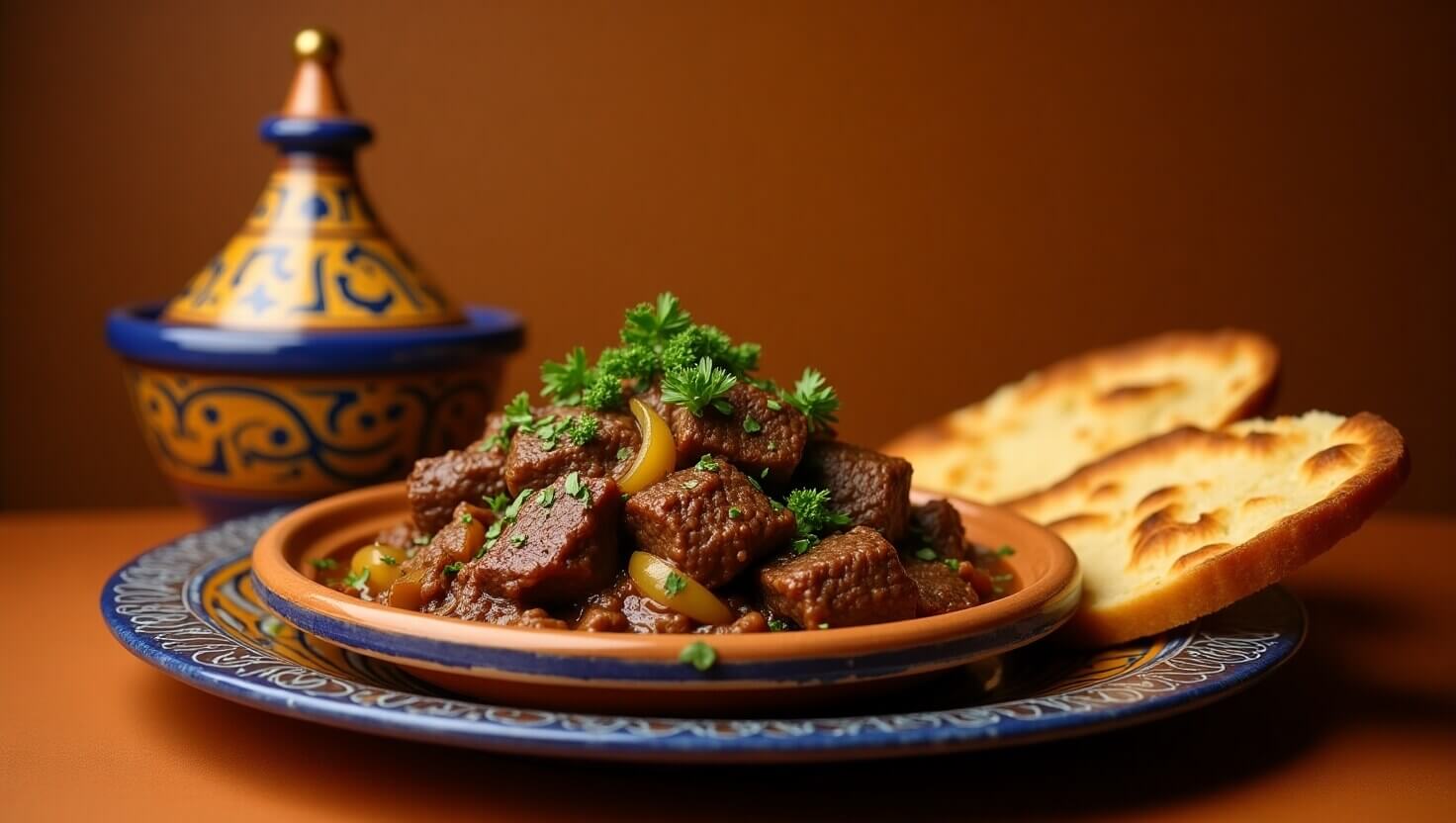
The foundation of an exceptional beef tagine begins with carefully selected ingredients that work in symphony to create layers of flavor. For the beef component, choose chuck roast or beef shoulder cut into 2-inch cubes, as these cuts become incredibly tender during the slow braising process. You’ll need approximately 2.5 pounds for six servings.
The spice blend forms the heart of your tagine’s character. Gather ground cinnamon, ginger, turmeric, cumin, coriander, and paprika, along with whole cinnamon sticks and bay leaves. For sweetness and texture contrast, include dried apricots, dates, and golden raisins. Fresh ingredients should comprise yellow onions, garlic cloves, fresh ginger root, and preserved lemons if available.
Substitution options provide flexibility without compromising authenticity. Replace preserved lemons with fresh lemon zest and juice, swap dried apricots for dried figs, or substitute beef with lamb shoulder for a traditional variation. Vegetarians can create an equally satisfying version using firm tofu or mixed root vegetables while maintaining the same spice profile.
Timing
The complete preparation of beef tagine requires strategic time management to achieve optimal results. Active preparation time spans approximately 30 minutes, which includes cutting vegetables, measuring spices, and browning the meat. The cooking process extends 2.5 hours, with most of this time requiring minimal supervision.
This 3-hour total investment represents 25% less time than many traditional recipes that call for overnight marinating, making this version particularly suitable for weekend cooking projects. The extended cooking time allows the connective tissues in the beef to break down completely, resulting in fork-tender meat that absorbs the aromatic sauce.
Plan to begin cooking 3.5 hours before your intended serving time to allow for proper resting, which enhances flavor integration and ensures the sauce reaches the ideal consistency.
Step-by-Step Instructions
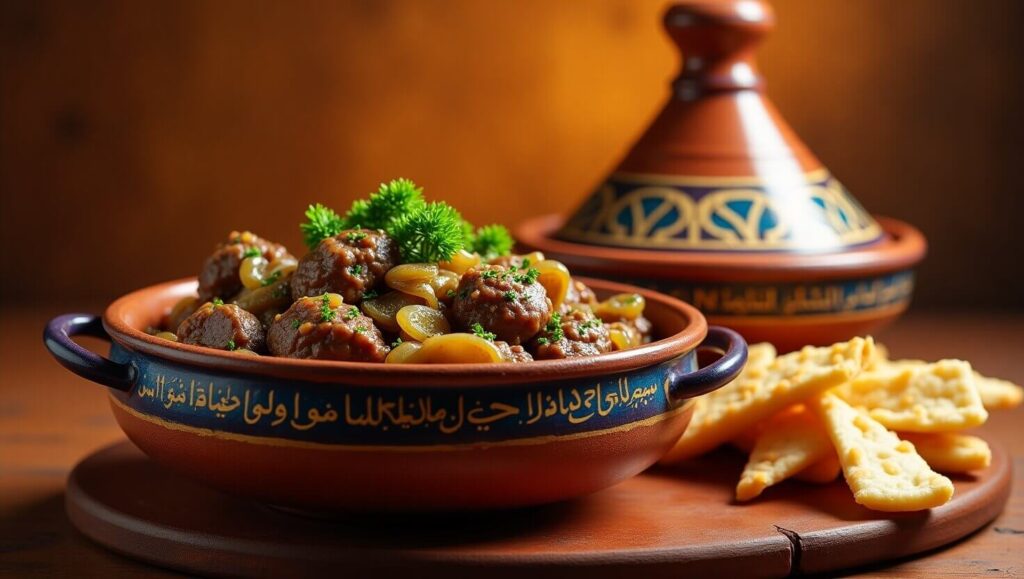
Step 1: Prepare the Spice Blend
Combine two teaspoons each of ground cinnamon, ginger, turmeric, cumin, and coriander with one teaspoon of paprika in a small bowl. This aromatic blend forms the flavor foundation of your tagine. Toast the mixture in a dry skillet for 30 seconds to awaken the essential oils, then set aside.
Step 2: Brown the Beef
Heat three tablespoons of olive oil in your tagine or heavy-bottomed Dutch oven over medium-high heat. Season the beef cubes generously with salt and pepper, then brown them in batches to avoid overcrowding. This crucial step develops the Maillard reaction, creating deep flavor compounds that enhance the final dish.
Step 3: Build the Flavor Base
Reduce heat to medium and add diced onions to the same pot, cooking until softened and lightly caramelized. Add minced garlic and fresh ginger, stirring constantly for one minute until fragrant. Return the browned beef to the pot and add your prepared spice blend, stirring to coat every piece.
Step 4: Add Liquids and Aromatics
Pour in two cups of beef broth and one cup of water, ensuring the liquid nearly covers the meat. Add whole cinnamon sticks, bay leaves, and a generous pinch of saffron if using. Bring the mixture to a gentle simmer, then reduce heat to low.
Step 5: Slow Cook to Perfection
Cover the tagine and maintain a gentle simmer for 1.5 hours, stirring occasionally. Add the dried fruits during the final 45 minutes of cooking, allowing them to plump and release their natural sweetness into the sauce.
Step 6: Final Seasoning and Rest
Taste and adjust seasoning with salt, pepper, and additional spices as needed. Remove from heat and let the tagine rest for 15 minutes before serving, allowing the flavors to meld completely.
Nutritional Information
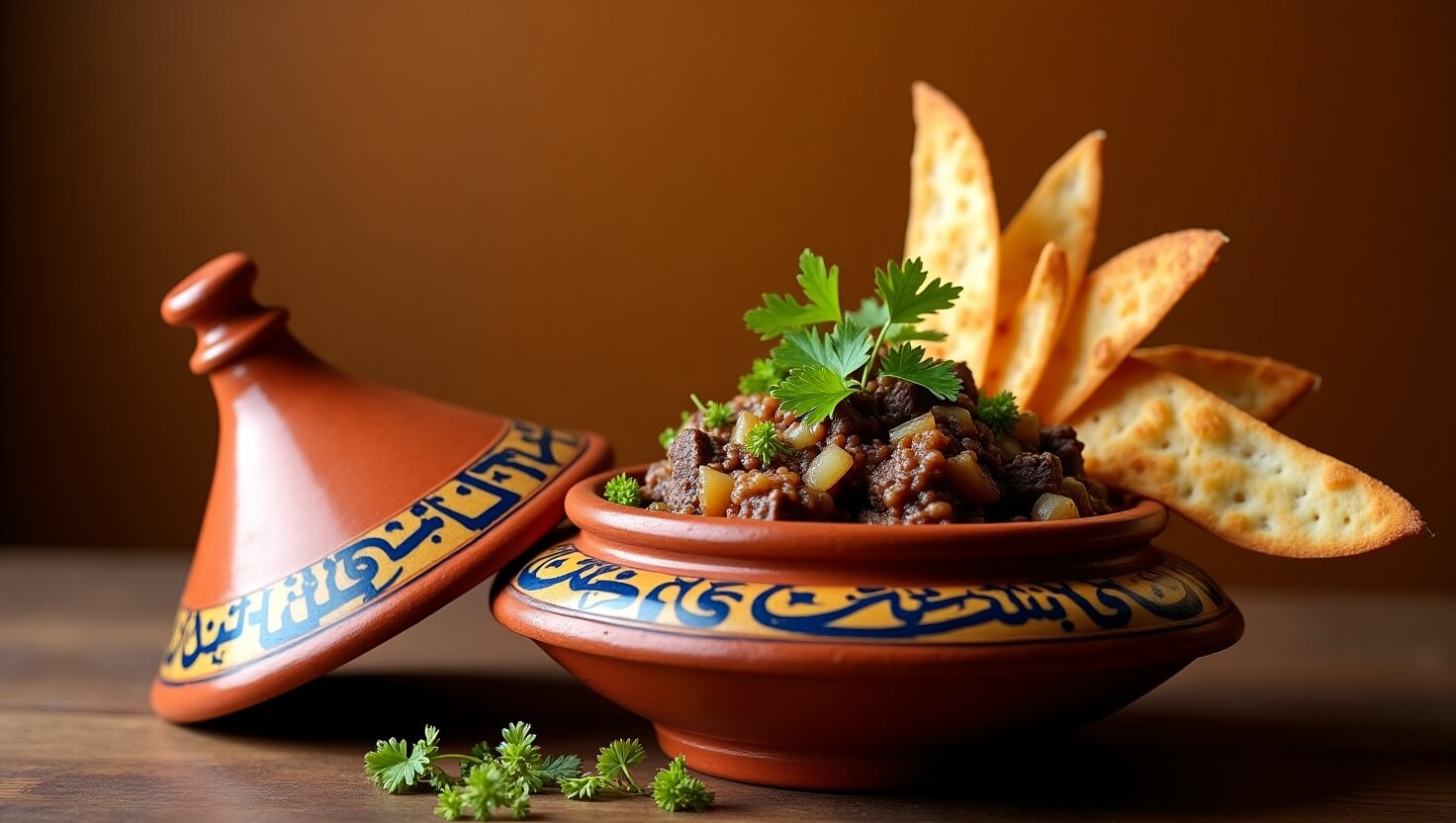
A single serving of this beef tagine provides approximately 380 calories, making it a satisfying yet reasonable meal option. The protein content reaches 32 grams per serving, supporting muscle maintenance and satiety. The dish contains 18 grams of fat, primarily from heart-healthy olive oil and naturally occurring fats in the beef.
Carbohydrate content totals 28 grams per serving, with significant contributions from the dried fruits providing natural sugars and dietary fiber. The high fiber content of 6 grams per serving supports digestive health and helps regulate blood sugar levels.
The spice blend contributes notable amounts of antioxidants, particularly from turmeric and cinnamon, which provide anti-inflammatory benefits. Iron content from the beef supports healthy blood oxygen transport, while the potassium from dried fruits helps maintain proper electrolyte balance.
Healthier Alternatives for the Recipe
Transform this traditional recipe into a lighter version by reducing the beef portion to 1.5 pounds and adding extra vegetables such as carrots, sweet potatoes, and zucchini. This modification reduces calories by approximately 15% while increasing fiber and vitamin content significantly.
Replace half the beef with chickpeas or white beans to create a plant-forward version that maintains protein levels while reducing saturated fat. This adaptation particularly appeals to flexitarian diets and provides additional fiber benefits.
For those following ketogenic dietary patterns, eliminate the dried fruits and add extra olive oil and nuts such as almonds or pine nuts. This modification maintains the authentic flavor profile while dramatically reducing carbohydrate content.
Consider using grass-fed beef when possible, as it provides higher levels of omega-3 fatty acids and conjugated linoleic acid compared to conventional beef. These beneficial fats support cardiovascular health and may provide anti-inflammatory effects.
Serving Suggestions
Present your beef tagine traditionally over a bed of fluffy couscous, which absorbs the aromatic sauce beautifully while providing a neutral base that highlights the complex flavors. For a more contemporary approach, serve over quinoa or brown rice to increase the nutritional density and appeal to health-conscious diners.
Accompany the tagine with warm, crusty bread such as Moroccan khubz or French baguette slices for authentic sauce-sopping satisfaction. Fresh herbs including cilantro, parsley, and mint provide bright color contrast and fresh flavor notes that complement the rich, warming spices.
Create an impressive presentation by garnishing with toasted almonds or pine nuts, which add textural interest and subtle nutty flavors. A dollop of Greek yogurt or labneh provides cooling contrast to the warm spices while adding protein and probiotics.
For entertaining purposes, consider serving the tagine family-style directly from the cooking vessel, allowing guests to appreciate the traditional presentation while encouraging communal dining that reflects Moroccan hospitality traditions.
Common Mistakes to Avoid
The most frequent error in tagine preparation involves rushing the cooking process, which prevents the meat from achieving proper tenderness and the flavors from developing fully. Resist the temptation to increase heat beyond a gentle simmer, as this can result in tough, chewy meat despite extended cooking times.
Overcrowding the pot during the browning phase prevents proper caramelization and steam instead sears the meat, resulting in less developed flavors. Brown the beef in smaller batches even if it requires additional time, as this step significantly impacts the final taste quality.
Many home cooks add dried fruits too early in the cooking process, causing them to break down completely and lose their textural contribution. Add these ingredients during the final 45 minutes to maintain their shape while allowing sufficient time for flavor integration.
Failing to taste and adjust seasoning throughout the cooking process represents another common oversight. The sauce should be well-seasoned at each stage, with final adjustments made just before serving to ensure optimal flavor balance.
Storing Tips for the Recipe
Beef tagine actually improves with time, making it an excellent candidate for meal preparation and advance cooking. Store cooled tagine in the refrigerator for up to four days in airtight containers, allowing the flavors to continue developing during storage.
For longer-term storage, freeze portions in freezer-safe containers for up to three months. When reheating frozen tagine, thaw overnight in the refrigerator before warming gently on the stovetop, adding small amounts of broth if needed to restore the proper consistency.
Reheat refrigerated tagine slowly over low heat, stirring occasionally to prevent sticking. Add fresh herbs just before serving to restore brightness and aromatic appeal. The dish can be successfully reheated multiple times without significant quality loss.
Consider storing the tagine and couscous or rice separately to maintain optimal textures. The grain base can become mushy when stored with the sauce, so keep components separate until serving time.
Conclusion
Mastering the art of beef tagine Moroccan cuisine brings the warmth and hospitality of North African cooking directly to your kitchen through accessible techniques and readily available ingredients. This slow-cooked masterpiece rewards patience with extraordinary depth of flavor, tender meat, and aromatic satisfaction that transforms ordinary ingredients into an exceptional dining experience.
We encourage you to try this recipe and share your results in our comment section below. Subscribe to our blog for more authentic international recipes and cooking techniques that expand your culinary horizons and bring global flavors to your home kitchen.
FAQs
Can I make beef tagine without a traditional tagine pot? Absolutely. A heavy-bottomed Dutch oven or slow cooker produces excellent results. The key is maintaining low, consistent heat for the extended cooking period rather than using specific cookware.
What cuts of beef work best for tagine? Chuck roast, beef shoulder, or short ribs provide the best results due to their higher collagen content, which breaks down during slow cooking to create tender, flavorful meat.
How can I make this recipe in advance? Prepare the complete tagine up to three days ahead, storing it refrigerated. The flavors actually improve over time, making this an ideal entertaining dish that reduces day-of preparation stress.
Is it possible to make beef tagine spicier? Yes, add cayenne pepper, harissa paste, or fresh chili peppers to taste. Start with small amounts and adjust gradually, as the flavors intensify during the long cooking process.
What should I do if my tagine sauce is too thin? Remove the lid during the final 30 minutes of cooking to allow excess liquid to evaporate, or create a slurry with cornstarch and water to thicken the sauce quickly.

